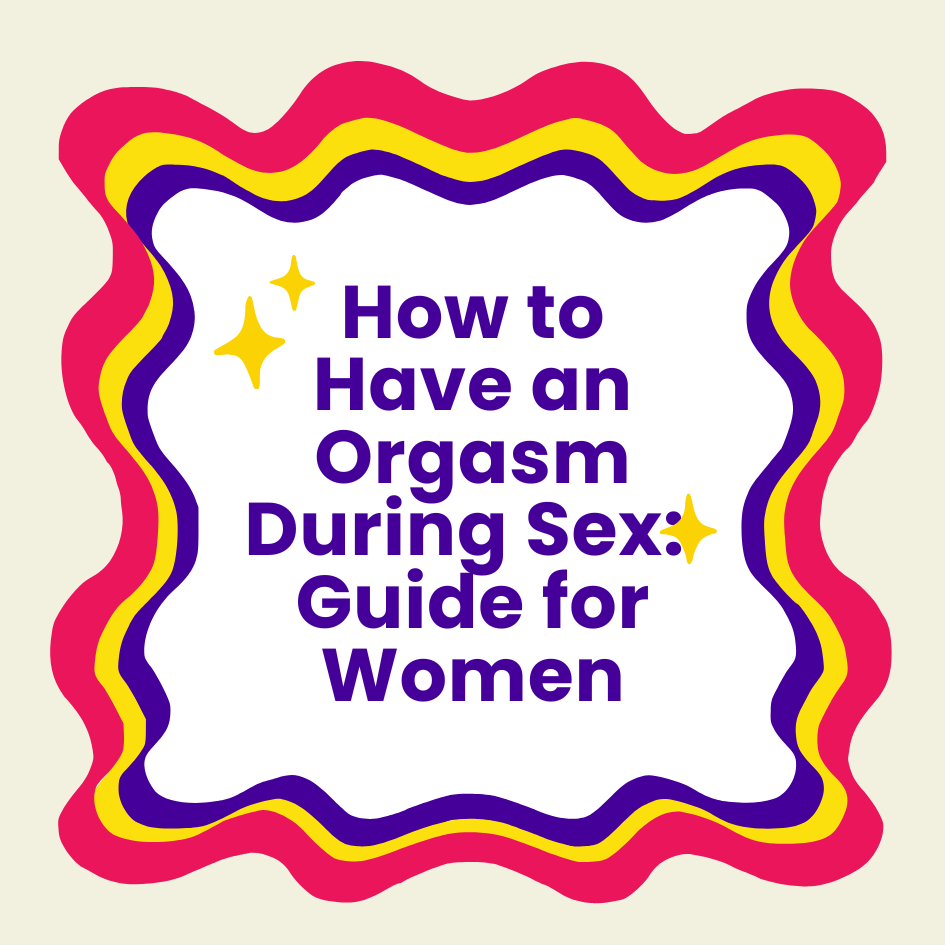Spoiler alert: The data says yes, and we're here for it.
We've all been there—scrolling through our calendars, blocking out time for meetings, workouts, and grocery runs, but what about pleasure? It sounds clinical, maybe even a little unsexy, but what if we told you that scheduling your masturbation sessions could actually lead to stronger, longer, more satisfying orgasms?
That's exactly what we set out to discover in our latest Sexperiment, and the results might just change how you think about penciling in pleasure.
The Hypothesis: Will Scheduled Sessions Beat Spontaneous Ones?
Before diving into their data, our community of sex nerds made their predictions. We asked a simple question: Will your orgasms get better, stay the same, or get worse when you schedule your masturbation sessions?
The majority of participants predicted their orgasms would stay the same—a pretty reasonable assumption given that an orgasm is an orgasm, right? But science (and some very dedicated Lioness users) were about to prove otherwise.
The Experiment: Baseline vs Scheduled Sessions
Our brave Sexplorers tracked their masturbation sessions across two distinct periods. Here are some quick notes before we dive into the data:
BASELINE Period: Spontaneous sessions—going with the flow, masturbating whenever the mood struck recieved an average rating of 3.37 out of 5 stars. These Os were longer and occured sooner in sessions.
SCHEDULED Period: Planned pleasure—deliberately carving out time for self-love saw an increase in rating overall, averaging out at 3.68 out of 5 stars. These Os were shorter and occured later in sessions.
The Results: When Planning Meets Pleasure
Looking at shorter orgasms that took longer to achieve and thinking, “How can those be better?” Well, buckle up because here's where things get interesting.
Not only did participants rate their scheduled sessions higher overall, but the biometric data tells an even more compelling story when we look at orgasmic strength:
Orgasm Quality Improved Across the Board
Orgasm Strength:
- Baseline: Average peak force of 66.2 gF, minimum of 39.3 gF
- Scheduled: Average peak force of 74.6 gF, minimum of 47.4 gF
Translation? Scheduled orgasms were notably stronger, with both higher peaks and more sustained intensity. So, while scheduled orgasms lasted a bit longer, they were slightly shorter. Is this a masturbation masterclass in quality over quantity, perhaps? You be the judge.
The Journey Got Longer (In a Good Way)
Time to Orgasm:
- Baseline: 301 seconds (about 5 minutes)
- Scheduled: 527 seconds (almost 9 minutes)
Total Session Length:
- Baseline: 464 seconds (about 7.7 minutes)
- Scheduled: 691 seconds (about 11.5 minutes)
When participants scheduled their sessions, they took their time. No rushing, no quickies—just dedicated, intentional pleasure.
Multiple Orgasms: A Delightful Bonus
The data revealed another surprise:
- Baseline: 9.5% of sessions included multiple orgasms
- Scheduled: 10.7% of sessions included multiple orgasms
While the difference seems small, it suggests that when we plan for pleasure, we're more likely to extend the experience.
Conclusion: Plan Your Pleasure
The data doesn't lie—when our Sexplorers scheduled their masturbation sessions, they experienced stronger orgasms, longer sessions, and higher overall satisfaction ratings.
Maybe it's time to stop treating your own pleasure as an afterthought and start giving it the same intentionality you bring to other aspects of self-care. After all, if you can schedule a yoga class or a coffee date, why not schedule a date with your vibrator?

Ready to test this hypothesis yourself?
Grab your Lioness Smart Vibrator and join us next month for another delicious dive into the science of pleasure.
Because when it comes to orgasms, a little experimenting can go a long, strong, orgasmic way.



